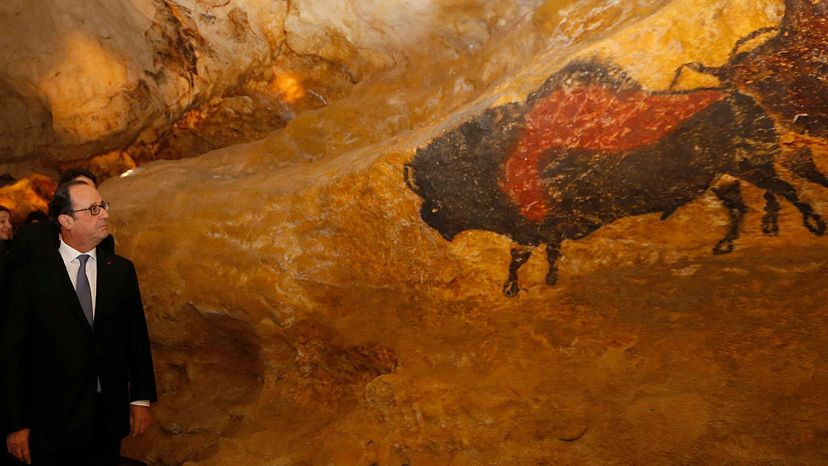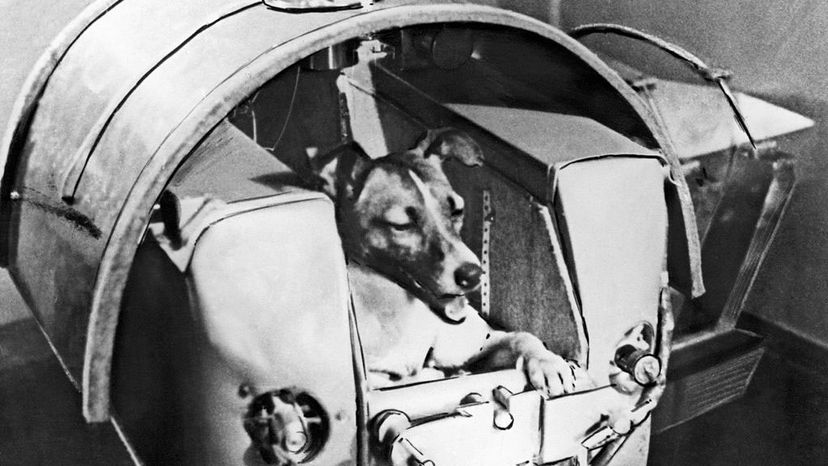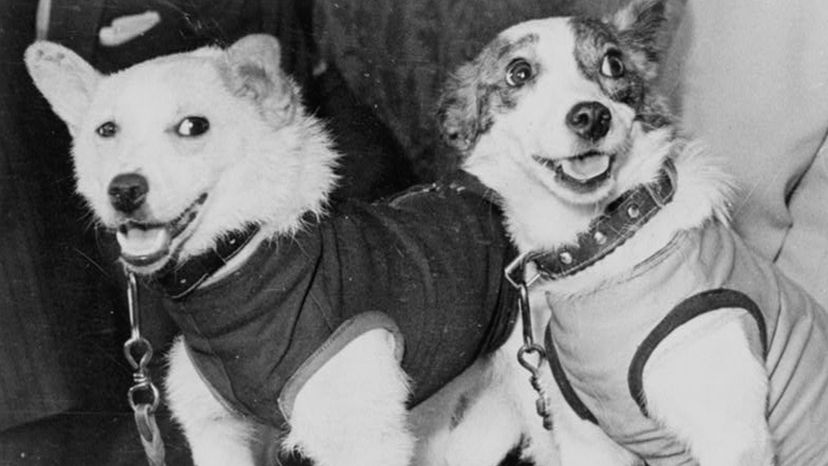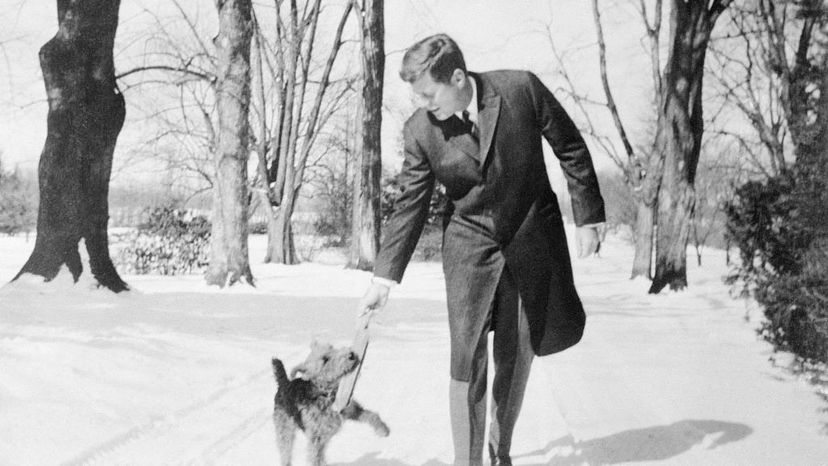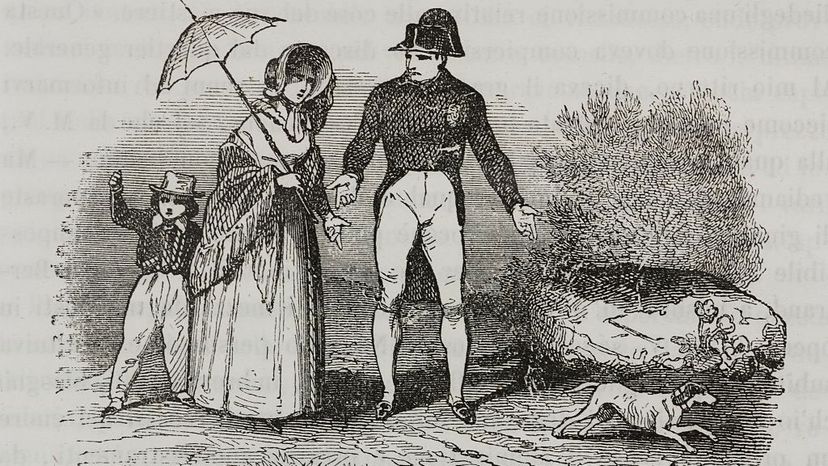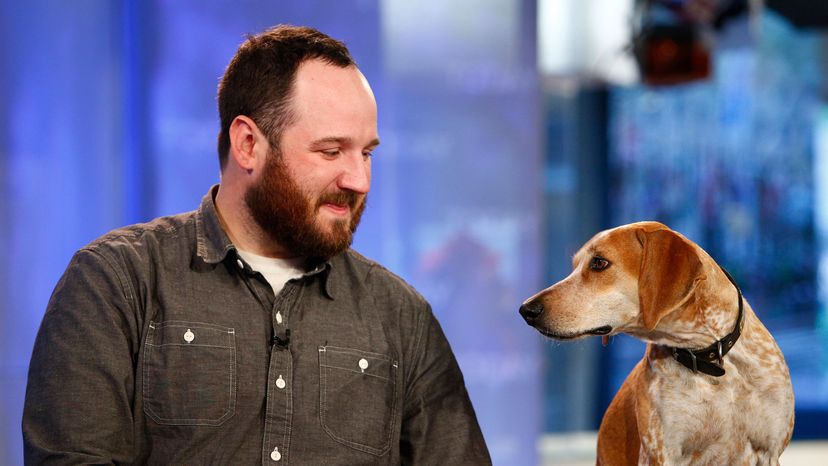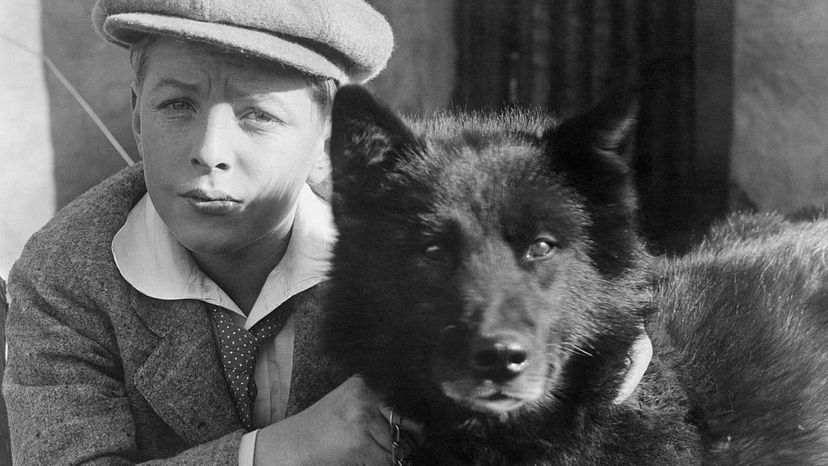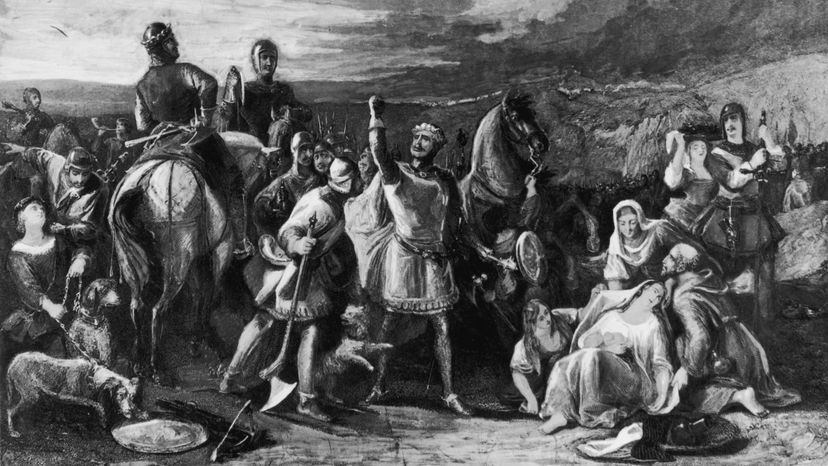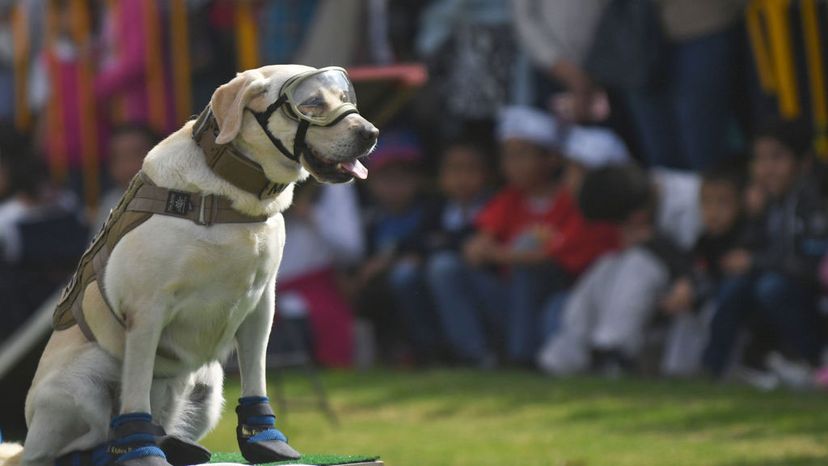
When children returned to schools in the South Florida area after a gunman killed 17 students at the Marjory Stoneman Douglas High School in Parkland in February 2018, many people tried to make their transition easier. But several golden retrievers from the Lutheran Church Charities K-9 Comfort Dog Ministry were on hand to lend a paw, too. The dogs were deployed to the schools, as well to area hospitals and churches to provide comfort to survivors and first responders.
"It doesn't take away their pain and suffering, but it does take them to a different place for that special moment," said Richard Martin, a spokesperson for the organization, to the NBC TV affiliate in Miami.
Advertisement
The dogs performed similar functions after Superstorm Sandy in 2012, the Sandy Hook Elementary School shooting in 2012 and the Las Vegas shooting in 2017. The dogs' trainers also sit down with the survivors and give them an opportunity to open up while petting or hugging the dogs. Lutheran Church Charities has more than 130 canines in service [source: Lutheran Church Charities].
There is no doubt these goldens are wet-nosed wonders. Yet, they're not the only pooches that has made a difference. Go to the next page to begin reading about 10 dogs that created history.
